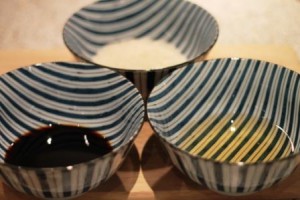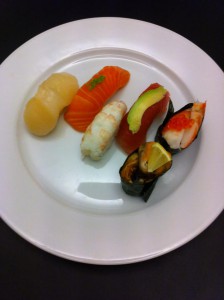
Soy sauce is fermented soybeans.
In Japan, there are as many different types of soy sauce as there is cheese in a Danish supermarket.
Yep, that’s true.
There are different types of soy sauces for the many styles in Japanese cuisine. For sushi, a specific Japanese soy sauce is used, a soy sauce that is not used for Japanese noodle soups.
Of course, all bottles have a recommended expiration date for when soy sauce expires. Soy sauce is fermented soy beans, which has a very long shelf life. Soy sauce can of course last after the expiration date. You can always taste it if in doubt.
I store soy sauce outside the fridge too even though the bottle is open, I have always done that. So do Japanese sushi restaurants in Tokyo.
In the Sushi course for beginners, I talk more about which soy sauce is best suited for sushi.
_
Zoë has lectured and held sushi courses for A. P. Moller – Maersk, Hugo Boss Nordic, Novo Nordisk, Novartis, Velux, Gorrissen Federspiel, Beierholm revision, Elbek & Vejrup and many more.



